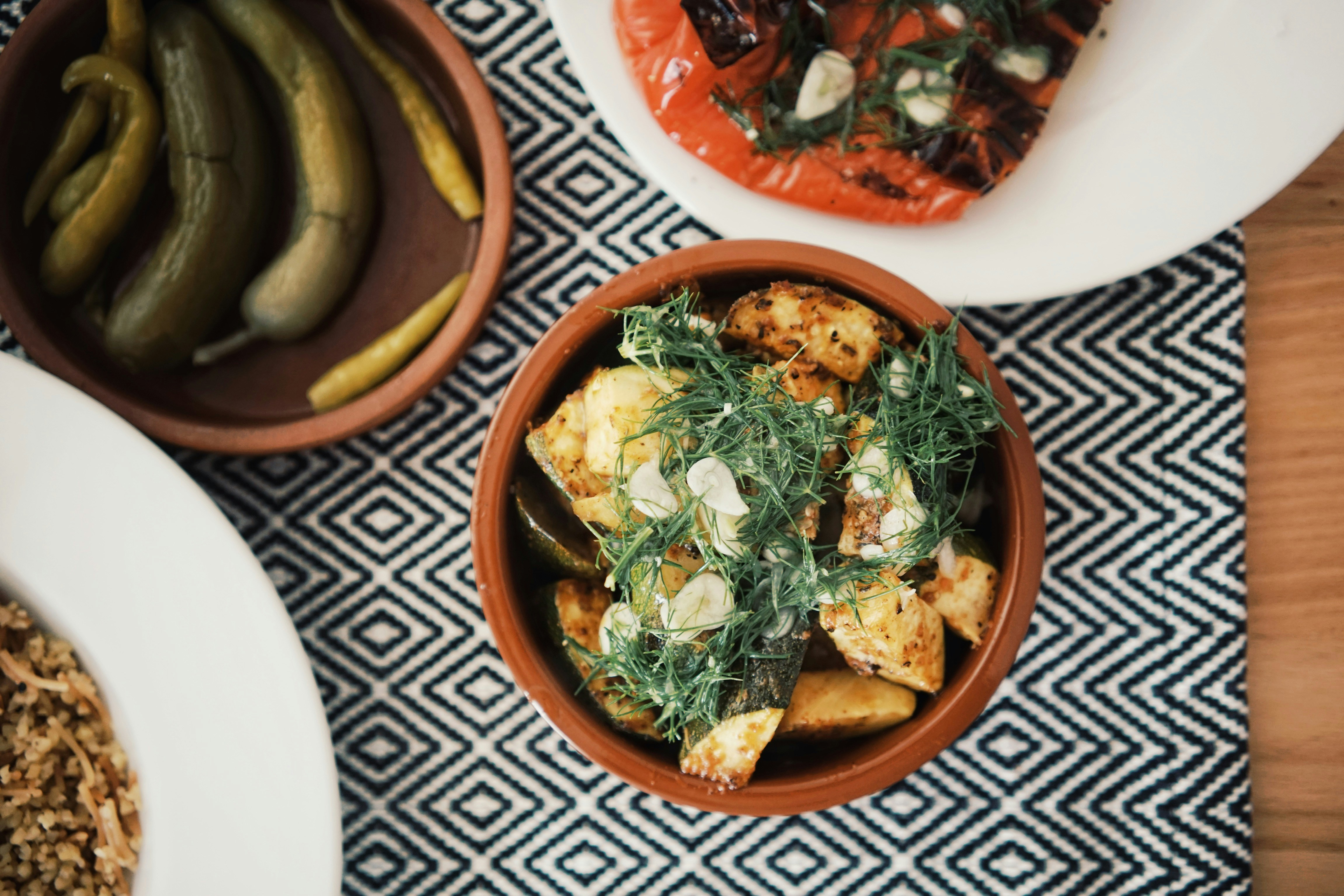Breaking the Mold: Discover the Art of Cheese-Making at Home
As the world becomes more globalized, the art of creating delicious, unique, and high-quality foods and drinks at home is gaining popularity. One such food that has seen a surge in interest is cheese. Taking the leap from buying cheese at the store to making it at home can seem daunting, but with a little knowledge, patience, and creativity, you can master the art of cheese-making in no time. Let's embark on this cheesy journey together.

Unearthing the History of Cheese-Making
Cheese has a rich and storied history that dates back over 7,000 years. It was born out of necessity as an efficient way to preserve milk without refrigeration. Through the centuries, countless variations of cheese have been crafted—each with its unique texture, flavor, and aging process. Today, it’s not just the domain of professionals. Home cheese-making is a growing trend that allows culinary enthusiasts to add their touch to this ancient art.
The Basic Elements of Cheese-Making
The process of making cheese may seem complex, but it boils down to a few core elements: milk, starter cultures, rennet, and salt. Each of these components plays a vital role in the transformation of milk into cheese. The starter culture helps to ferment the milk, while the rennet aids in coagulation. Salt not only enhances flavor but also helps preserve the cheese and regulate fermentation.
The Cheese-Making Process Demystified
Cheese-making involves a series of steps, starting with warming the milk and adding starter cultures and rennet. Once the milk coagulates, the curd is cut, cooked, and stirred. After draining the whey, the curd is salted, molded, and pressed. The final steps involve aging the cheese under specific conditions to develop flavor and texture. It’s a delicate process that demands precision, but the satisfaction of tasting your homemade cheese is worth the effort.
Experimenting with Flavors and Textures
One of the joys of making cheese at home is the freedom to experiment. You can play with different types of milk, adjust the amount of salt, or add herbs and spices to create unique flavors. The options are endless—soft or hard, mild or sharp, creamy or crumbly—each creation is a reflection of your personal taste and creativity.
Lactose Intolerance and Vegan Cheese-Making
For those with dietary restrictions, cheese-making is not off-limits. Vegan cheeses made from nuts, soy, or other plant-based milks are gaining popularity. Similarly, lactose-free cheeses can be made using lactose-free milk or by aging the cheese long enough to break down lactose naturally.
Novel Nuggets of Cheese Knowledge
-
Cheese is a living food; its flavor and texture continue to evolve during storage.
-
The color of cheese depends on the diet of the animal that produced the milk.
-
The holes in Swiss cheese are caused by carbon dioxide released by bacteria during fermentation.
-
Contrary to popular belief, cheese does not contribute to high cholesterol levels when consumed in moderation.
As we conclude this exploration of home cheese-making, remember that like any culinary adventure, it’s about the journey as much as the end product. Whether you’re a seasoned foodie or a beginner, cheese-making offers a fulfilling and rewarding experience. It’s an art form that invites you to learn, experiment, and most importantly, savor the magic of transformation—from simple milk to delectable cheese.




